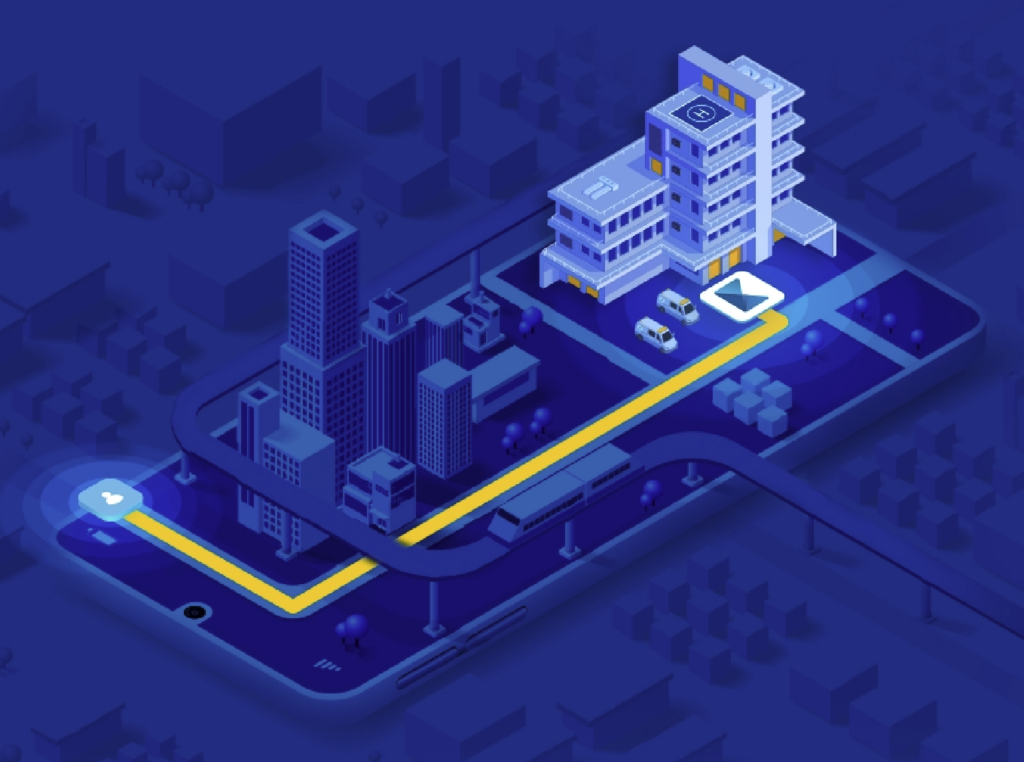Transitions in care are notorious for presenting opportunities for dropping the ball. This largely occurs due to administrative snafus, which are both frustrating and preventable. The unfortunate reality is that healthcare staff are dealing with unprecedented pressure to keep up with mounds of paperwork and ever-changing rules and regulations, all while bearing the wrath of saddled providers, stressed caregivers, and patients in need. It’s not fun to be buried under paperwork while getting yelled at. And it’s certainly frustrating to consider the hassle associated with the intake process for skilled nursing given it’s 2023! We have a barrage of technology that makes our homes and lives run like clockwork yet moving a patient from Point A to Point B is still incredibly time consuming and largely manual. So, let’s consider a remedy for this pain, shall we?
Healthcare Solutions Must Consider the Audience
You know that saying, “Know your audience”? I would suspect that many IT vendors and healthcare solution decision-makers frankly don’t know their audience. The reality is that a patient in need of skilled nursing care is going to have special needs and limitations when it comes to their daily lives. (Hence, they need skilled nursing care.) While there persists inadequate UX consideration for providers (why all the extra logins and clicks…why?!), there is even less consideration for patients as end users. It’s hard enough to get through life when suffering from an illness or injury, especially these days when multiple, chronic comorbidities are the norm for many patients. Now add a dozen different doctors and pages and pages of paperwork to the mix. It’s too much!
Meeting patients where they are in terms of technical acumen and also geographic proximity is huge. Where technology can serve the intake process for skilled nursing is considering how we can reduce or streamline paperwork while still providing secure solutions (we’re talking PHI, after all) that literally reach the patient to capture vital data. Optimizing the intake process via Kno2’s solution that provided cloud faxing, referral management, and eSigning capabilities to patients in their own home was a big win for not only patients of HQMG, a skilled nursing organization with whom we did a case study, but for administrative staff as well. (Admission paperwork time-spent cut down to a sixth of what it was?! Huge win!)
Patient-Centered Care Requires Communication Tools That Unite the Care Team with Skilled Nursing
Skilled nursing providers are leaving tons of money on the table due the inefficiencies and gaps in the intake process alone. Remember that statistic that 80% of denials for skilled nursing happen because of the intake process? This experience is rife for a makeover, not only to bolster reimbursement for these important services, but to reduce administrative cost and burden, as well as streamline the process for patients to get where they need to be and on the path to wellness.
Automating skilled nursing intake processes and referral management is a massive opportunity to create a better coordinated care team who can serve all the needs of the patient, while ensuring everyone gets paid for their hard work and that patients aren’t stuck awaiting painful paperwork handoffs to get the services they need. And for the love of toner, let’s set the administrative staff free of cumbersome manual processes that exacerbate burnout and steal focus from supporting patients and providers.






